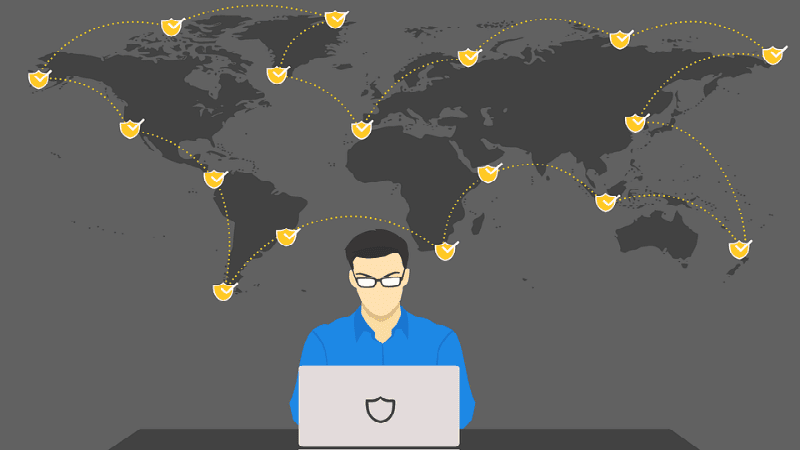How SOAR Works With Existing Technology for Better Security


How does SOAR work with existing technology to make for better business cybersecurity? Why is this so crucial to enterprise security moving into the new era of digital threats?
Widget not in any sidebars
Security Orchestration, Automation, and Response (SOAR) occupies a unique place in enterprise cybersecurity. At the one time it suggests an evolution of the security marketplace, a shift in technology and in priorities.
However, at the same time, most experts agree that SOAR doesn’t function optimally independently; for example, it does not serve as a replacement for SIEM or other basic security practices. Instead, it works best when part of an overall cybersecurity platform with other tools like SIEM, endpoint security, and identity management.
Some IT decision-makers might read this and think that SOAR is therefore unnecessary. That’s far from the truth. In fact, SOAR can work with existing technology to make for a better cybersecurity platform. It does so by enhancing those technologies.
Here’s how.
How SOAR Works With Existing Technology
Orchestration
One of the great benefits of SOAR working with listing technologies involves orchestration. Businesses often accumulate cybersecurity tools and technologies as they face new challenges or as they discover new attack surfaces. Unfortunately, this means that critical cybersecurity information can remain siloed in the individual tools; finding event data and generating insights across systems and tools proves difficult for even dedicated teams.
This is where SOAR steps in. Its orchestration capabilities help to unsilo event data and centralize it for easier analysis; this speeds up threat detection and incident response. Further, security operations centers can scan for indicators of compromise learned through threat intelligence and can cross-reference with external sources.
So SOAR works with existing technology to create a more holistic approach to cybersecurity. It improves your overall visibility by enabling SOCs to view and understand large sets of data through a single pane of glass.
Automation
Every letter in SOAR translates to another method by which it works with other cybersecurity tools. One of the most pressing challenges facing security operations centers today involves the menial, repetitive tasks that come with every cybersecurity tool.
For example, SIEM requires security teams to go through all of the alerts generated to remove false positives and discover actual threats. While contextualization can help, dozens if not hundreds of false positives still require examination.
SOAR can help automate the process of examining the alerts, checking alerts against predetermined rules to sort out legitimate concerns from false positives. Thus, SOAR capabilities step in to automate the tedious and repetitive tasks that burden your IT team. Through automation, SOAR solutions can help your IT security team’s overall performance and improve its detection time.
Response
SOAR can help other cybersecurity tools not only find threats but remove them from enterprise networks. It operates in a collaborative and coordinating manner, working with other cybersecurity tools to box in malicious actors and remove them from the IT environment. Through its orchestration and integration capabilities, it can also help security teams establish a timeline of events, enabling to discover and close potential security holes.
To learn more about SOAR, check out our SOAR Buyer’s Guide.
Widget not in any sidebars



















